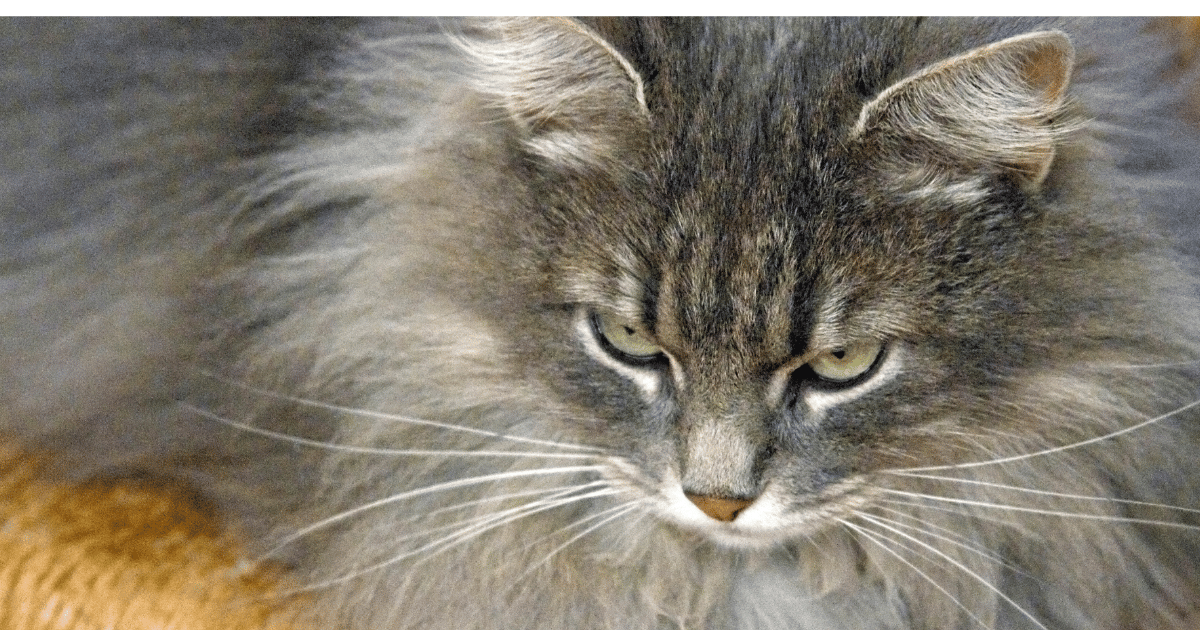Uncategorized
Understanding Feline Body Language
If you’re a cat lover or a pet owner, you know that cats have a unique way of communicating with us. Understanding feline body language is crucial for building a strong bond with your furry friend and ensuring their well-being. In this article, we will delve into the fascinating world of cats and decode their body language. So, let’s jump right in and learn how to interpret the subtle cues that cats use to express themselves.
How do you decode a cat’s body language?
Cats have a wide range of body language signals that they use to communicate their feelings and intentions. By observing their posture, tail movements, ears, eyes, and vocalizations, we can decipher their messages. Here are some key cues to look for:
- Tail position: A relaxed and loosely swaying tail generally indicates that a cat is content. If the tail is erect and vibrating, it could mean excitement or anticipation. A puffed-up tail usually indicates fear or aggression.
- Ears: When a cat’s ears are forward, it suggests alertness and curiosity. If the ears are flattened against the head, it indicates fear, anxiety, or aggression.
- Eyes: Dilated pupils often signify excitement or fear, while constricted pupils can indicate aggression or stress. Slow blinking is a sign of trust and affection in cats.
- Vocalizations: Cats communicate through a range of sounds, including meowing, purring, hissing, and growling. Each vocalization conveys a different message, such as greeting, affection, warning, or distress.
How do you know if a cat likes you?
Cats can be mysterious creatures, but there are several ways to tell if they like you:
- Slow blinking: When a cat looks at you and slowly blinks, it’s their way of showing trust and affection. You can respond with a slow blink to convey the same feelings.
- Purring: A cat’s purr is not only a sign of contentment but also a way to bond with their human companions. If your cat purrs when they’re around you, it’s a good indication that they enjoy your company.
- Rubbing against you: Cats have scent glands on their cheeks, chin, and the base of their tail. When they rub against you, they’re marking you as part of their territory and showing affection.
What is a dominant cat’s body language?
Dominant cats exhibit certain body language cues to establish their authority:
- Stiff and upright posture: A dominant cat stands tall with their tail held high. They may arch their back and fluff up their fur to appear larger and more intimidating.
- Direct eye contact: A dominant cat maintains unwavering eye contact as a sign of assertiveness. They may stare down another cat or even a human to assert their dominance.
- Ears forward or slightly tilted back: Dominant cats hold their ears in a forward or slightly tilted-back position to convey confidence and alertness.
How do felines show affection?
Cats have unique ways of showing affection. Here are some common gestures they use:
- Head-butting: When a cat gently bumps their head against you, it’s a display of trust and affection. They are marking you with their scent and claiming you as their own.
- Kneading: Many cats knead their paws against soft surfaces, such as blankets or your lap. This behavior is reminiscent of the kneading motion kittens make while nursing and is a sign of comfort and contentment.
- Licking and grooming: Cats groom themselves to keep clean, but they also groom their favorite humans as a gesture of affection. It’s their way of showing that you’re part of their social group.
How do cats say hello to humans?
When cats greet humans, they have their own unique ways of saying hello:
- Tail greeting: Cats often approach humans with their tail held upright and slightly curved at the tip. It’s their way of expressing friendliness and welcoming you.
- Rubbing against your legs: By rubbing their body against your legs, cats mark you with their scent and acknowledge you as part of their territory.
- Vocalizations: Cats may meow softly or make chirping sounds as a way of greeting and getting your attention. Each cat has its own repertoire of sounds to communicate their greetings.
Conclusion
Understanding feline body language is key to establishing a strong bond with your cat and ensuring their well-being. By decoding their body cues, such as tail positions, ear movements, and vocalizations, you can better understand their feelings and intentions. Remember to observe their individual behaviors and respect their boundaries. At ChimpyTrendy, we value the happiness and health of your feline friends, and we offer a range of trending and high-quality pet products to enhance their lives. Start decoding your cat’s body language today and deepen the connection you share with your feline companion.
Keywords: Feline Body Language, cat’s body language, decode, cat likes you, dominant cat’s body language, feline affection, cats say hello to humans, ChimpyTrendy.


